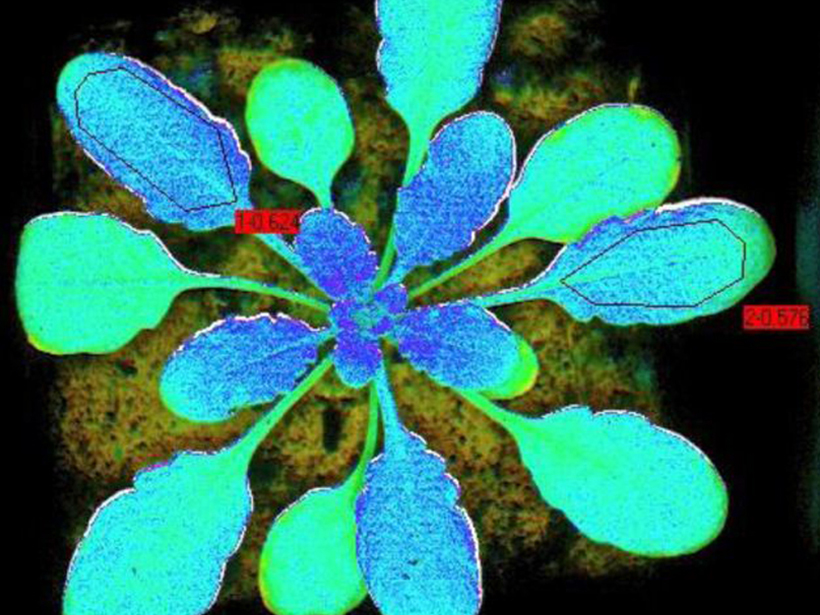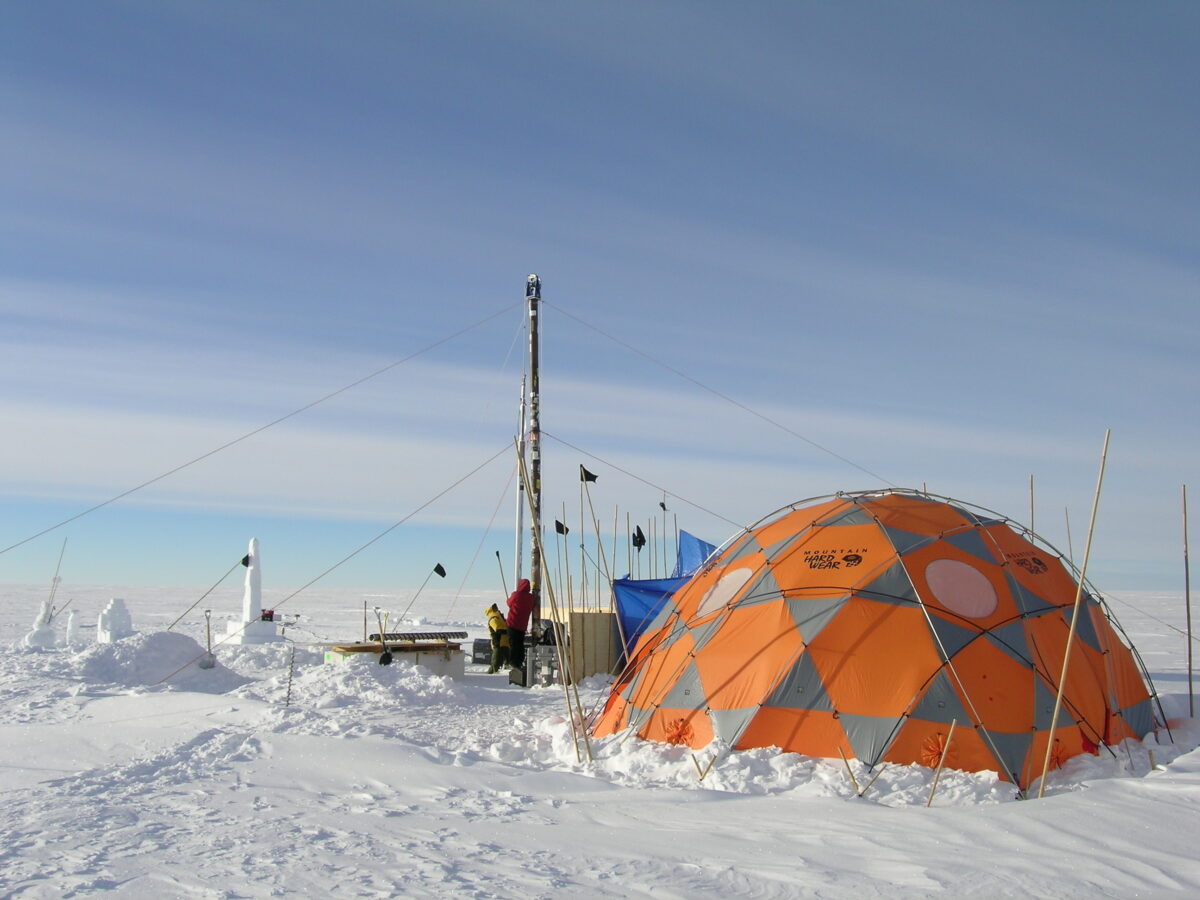Scientists create a more realistic representation of plant nitrogen uptake and usage to improve global climate simulations.
photosynthesis
Posted inResearch Spotlights
Satellites Track Chlorophyll Fluorescence to Monitor Drought
New satellite observations show connection between solar-induced chlorophyll fluorescence and soil moisture—a key mechanism behind drought onset.
Posted inResearch Spotlights
Airborne Sensor Can Track Photosynthesis Efficiency
Remote estimation of fluorescence emitted by plants can indicate variations in photosynthesis performance.
Posted inResearch Spotlights
Atmospheric Carbonyl Sulfide Hit a Minimum 5,000 Years Ago
A new ice core measurements-based record of a climate-active gas shows variability on millennial timescales.




